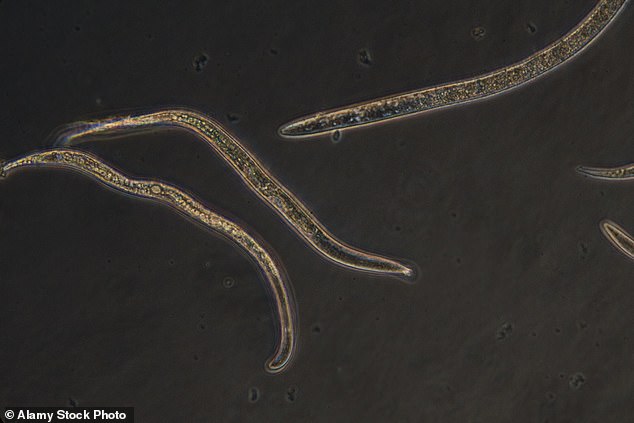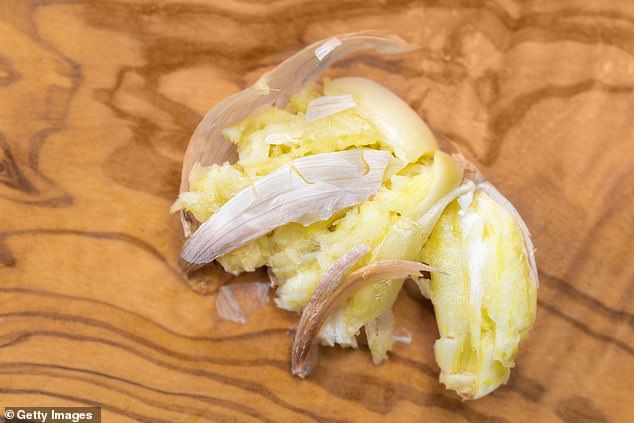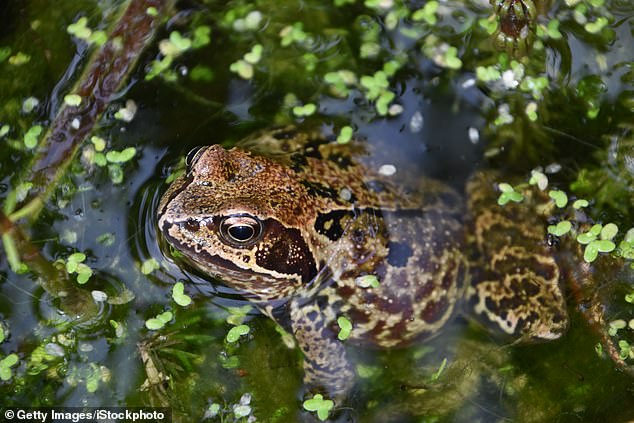I’m a slug expert and I’ve tried every method to get rid of slugs – this is the best way to do it without resorting to unnecessary cruelty or chemicals
The recent run of rainy summer days in our gardens have provided the perfect conditions for slugs to feast on tasty treats. Seedlings are being eaten as soon as they emerge and dahlias are being eaten quickly.
There are dozens of old wives’ tales about the best way to get rid of slugs in your garden, but many are cruel. For example, beer traps are not kind because they drown slugs, salt causes them to dehydrate and die quickly, and copper tape gives an electric shock.
As a gardener with 20 years of experience, I find that working with nature is the best way to minimize the damage it does to your garden. And if I had to recommend one approach above all others, it would be this one – and thankfully, it costs nothing.
Put your prudishness aside and go around your garden to remove slugs by hand. Slugs come out early in the day to feed, so go out into your garden in the morning and get to work. If you don’t want to touch them with your bare hands, wear a pair of gardening gloves.
Lettuce, cabbage, sweet peas and hostas are plants that are most susceptible to slug damage.
Search under the edges of pots, under stones and bricks and in the base of plants. Put any snails you find in a bucket and move them to a place at least 100 metres away from your garden, as some species have a nesting instinct and will bring them back to their favourite spot.
The frequent rainy days that the British have experienced during the summer have put our gardens in the perfect condition for snails to enjoy themselves
Place them somewhere where they will have plenty of plant food, but where they won’t bother other gardeners.
It can sometimes feel like you’re losing the battle against slugs, especially since some of the methods we used to use to control them are now considered cruel.
I have to admit that I used to put out slug pellets, but these are now banned for sale and use in the UK (since March 2022) because the active ingredient metaldehyde has been recognised as posing an unacceptable risk to other wildlife such as birds and hedgehogs. So hand picking really is the best option.
But if all this makes you sick, here are ten even more effective methods:
Try using ‘nematodes’
These are naturally occurring microorganisms that target specific pests without posing a threat to other wildlife. They are also completely safe on home grown produce.
One of the leading brands is Nemaslug 2.0, which contains a new species of nematode called Phasmarhabditis californicaIt is easy to apply and provides six weeks of protection, after which a new application is required.
Follow the instructions on the package, add the nematodes to your watering can and sprinkle them over your vegetables, fruits and flowers.

Nematodes are naturally occurring microorganisms that target specific pests without posing a threat to other wildlife. They are also completely safe on homegrown produce.
Feed seaweed
Seaweed is not only a great fertilizer for plants, but also a natural slug repellent. If you’re heading to the beach this summer, take some home and use it as mulch around the base of plants, but make sure it doesn’t touch the stem. It will keep slugs away and improve growth too.
Place plastic bottle protectors
One of the most effective barriers is to place a plastic bottle with the top cut off around the base of a plant. This is especially good for young seedlings, such as sunflowers, which need to be in the ground to allow them to grow, but are at risk of being eaten. It’s also a good way to recycle single-use plastics.
The sharp edge should deter most slugs, although the most determined will still find a way in. Remember to remove the protection once your plant gets bigger and more resistant, so that its growth is not hindered.
Garlic Spray Approach
Using a spray of garlic soaked in water has been shown to deter slugs. There are several ways to do this. Some swear by peeling and loosely crushing a head of garlic, placing it in an old sock and leaving it in a jar of water overnight or for a few days.
Others boil the garlic bulb in a pot of water and mash it, let it cool and strain the liquid. Use a plant sprayer to cover the leaves and stem of your plants.

Try boiling garlic and soaking the cloves in water overnight before spraying the mixture on your plants
Wait until the seedlings are larger before planting them out
Small, succulent seedlings are like manna to mollusks. By growing them in a greenhouse or cold frame to maturity – about 8 inches for most young plants – you give them a better start in life.
Be prepared to sacrifice a few plants
Spread out extra seedlings in the hope that, although some will be eaten, enough will survive to produce a decent display or harvest. However, this runs the risk of greater disappointment when the slugs and snails make a mess of things.
Use cabbage leaves
The leaves of many types of cabbage, such as cabbage and Brussels sprouts, are very attractive to snails.
If you are growing these in your vegetable garden, tear off a few of the outer leaves that are not so appealing for cooking and place them around the edges of other plants. The hope is that slugs will eat these and leave your plants alone.
Place sand and gravel around the plants
Whether they are in the ground or in pots, a layer of sand or gravel around the base of the plants can deter slugs, as the sharp surface is uncomfortable for slugs to slide over.

Attracting predators such as hedgehogs and frogs can protect your garden from pesky slugs
Attracting predators
Frogs and salamanders love snails. Placing a small pond or natural water feature in your garden or on your balcony will attract them. Hedgehogs are also predators, so make sure to leave gaps in fences for them to crawl through.
Attract birds to your garden by planting plants that produce fruits, seeds and berries, and by planting leaves that serve as shelter. They will reward you by catching snails.
Choose plants that are snail resistant
It may seem obvious, but if you’re tired of watching the fruits of your labor get eaten in a single night, you may want to consider choosing plant varieties that are less likely to get eaten.
Catnip, lavender, salvias, astrantia and roses are generally left alone. When it comes to vegetables, they are not fans of onions, garlic and shallots. You can try planting these around vegetable beds for extra protection.
They do not like the bitter-tasting leaves of Swiss chard, chicory and spinach. Artichokes, asparagus, rhubarb and fennel are also generally slug-resistant.
